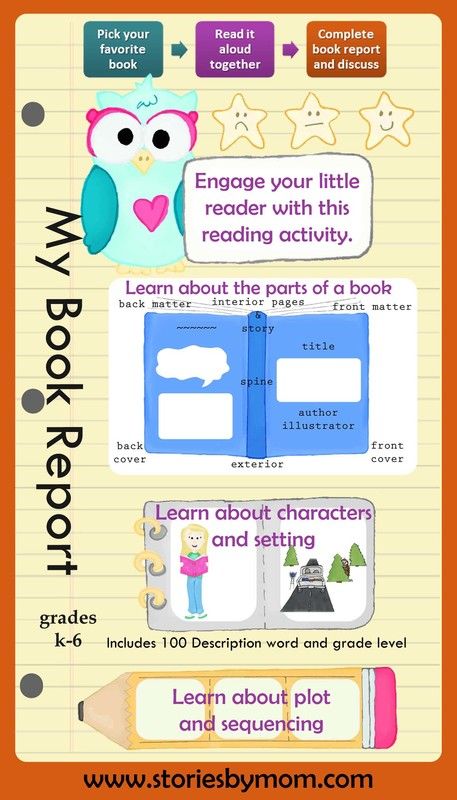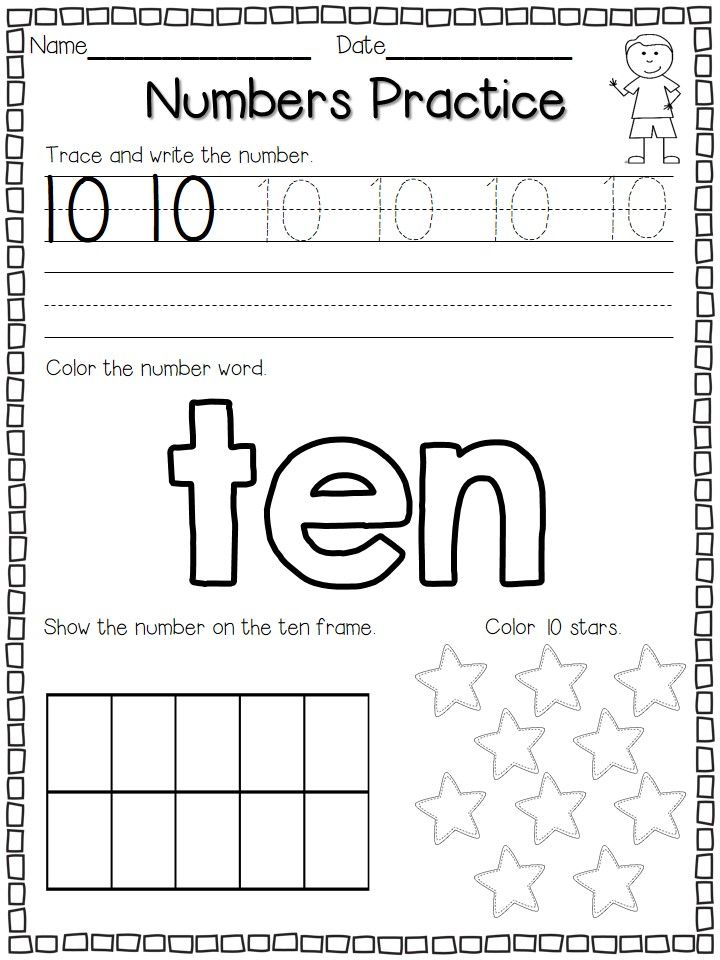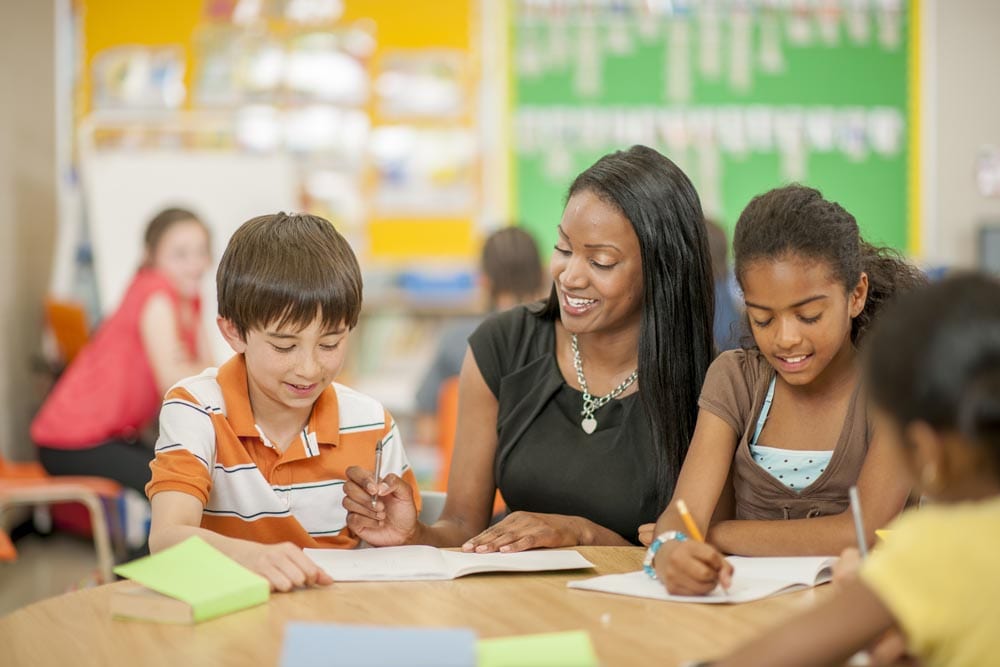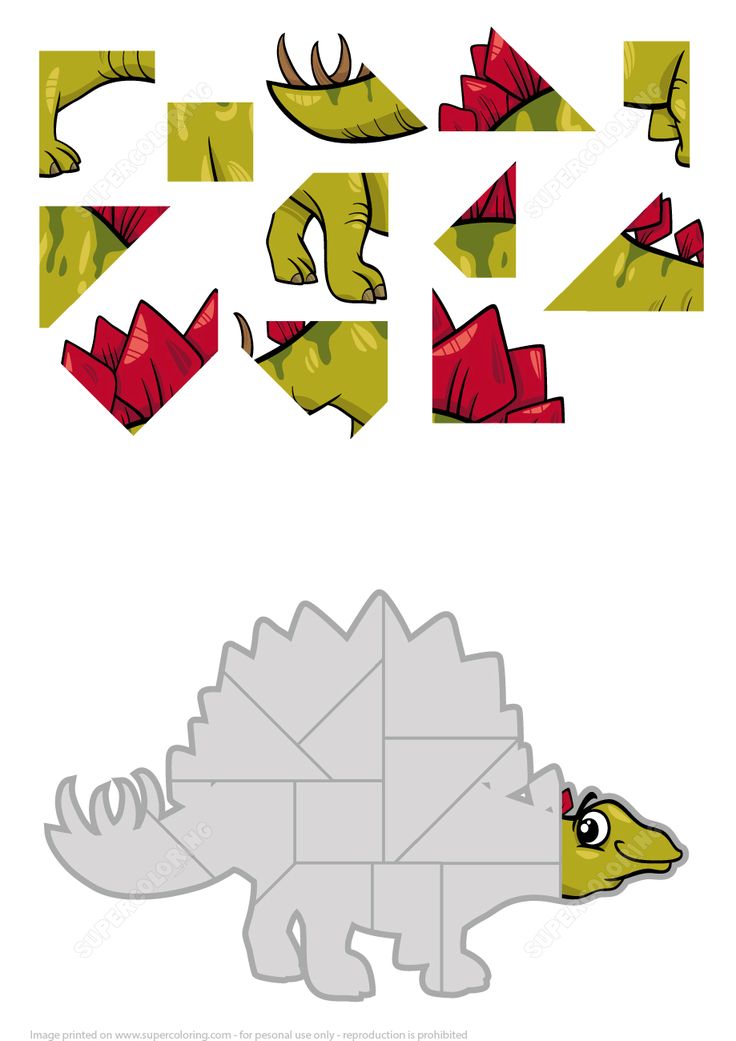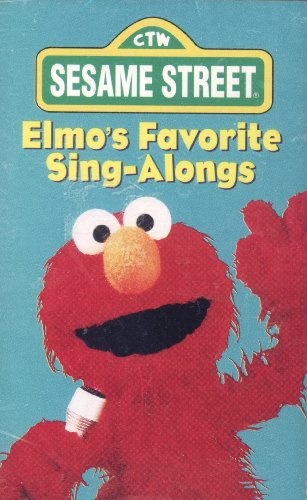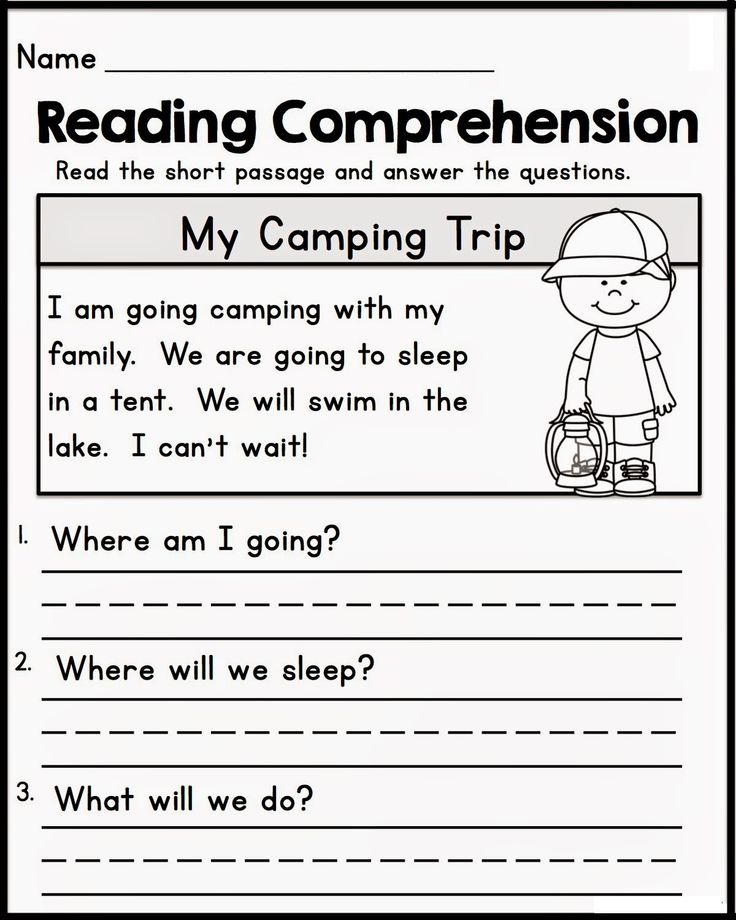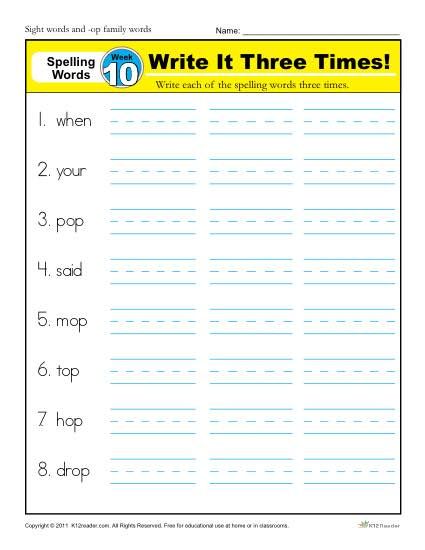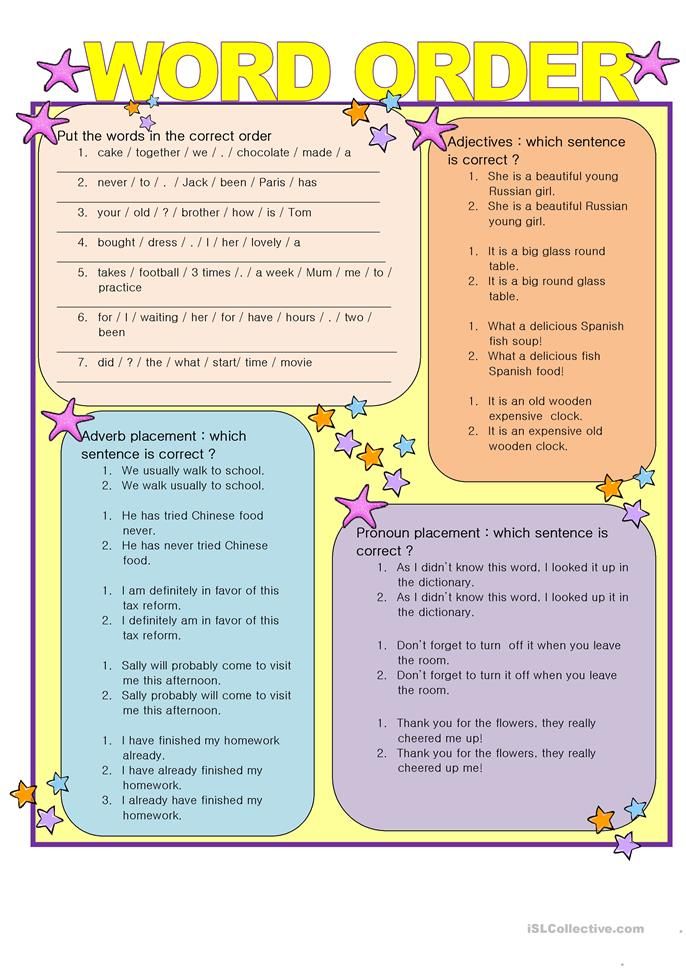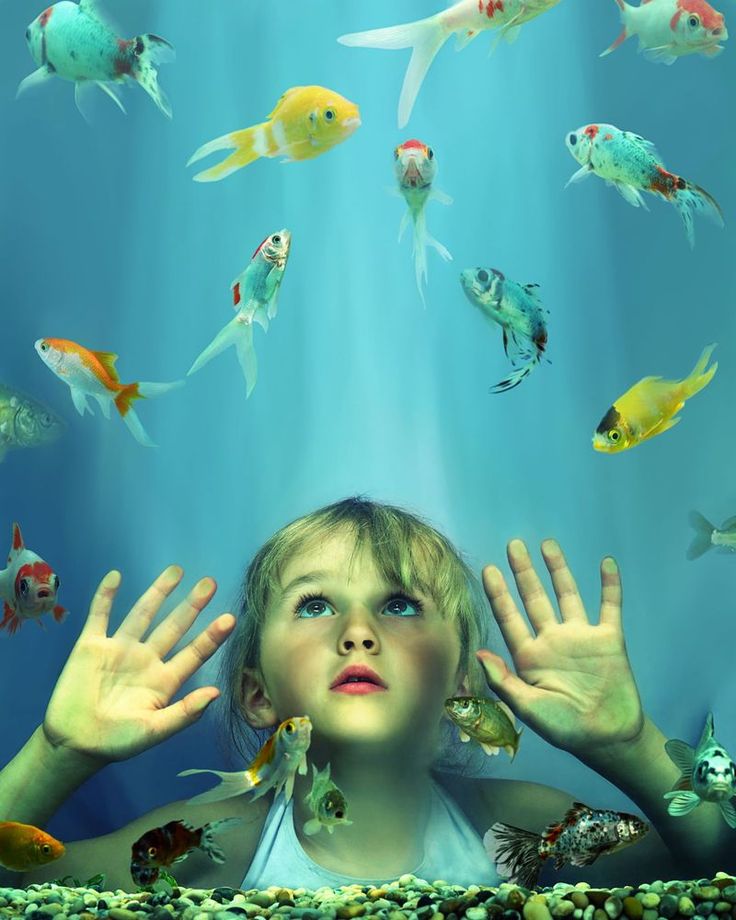Level readers for kindergarten
The Best Leveled Books from Scholastic Reading Club
Why is it so difficult to find books that kindergarten students can actually read? When school starts up in the fall, I always tell my classroom parents at curriculum night that the best source of age-appropriate reading material is Scholastic Book Orders. Not only does Scholastic Reading Club offer the best prices around, but they are often the only place I can find books for my emergent readers. You know what I mean: the kind of books with big print, only 1 sentence on each page, and lots of repetition.
I recently cashed in my bonus points to purchase some new leveled reading materials for my classroom. I ordered my go-to favorite books and took a chance on some new series. I know how disappointing it can be to order books that you think will be a perfect fit for your students, only to realize that they are too difficult, have too small of print or are just plain not interesting enough for kids to read. I also know that extra cash (or bonus points) for classroom books is a valuable commodity that teachers do not like to waste.
Take a peek at some of new titles I added to my classroom library. I took plenty of photos to give you an inside peek so you can make an informed decision about whether or not these titles are a good fit for your students.
This blog post was not sponsored in any way. Nor does it contain affiliate links. I just really know how difficult it can be to build a classroom library for emergent readers and I want to help make your job easier without the risk of wasted money.
Where to Find Book Level Information from Scholastic Reading Club
Before I dive in to show you my recent purchases, let’s take a second to talk about reading levels. There are multiple systems for leveling books. The most common systems are Lexile (LEX), Guided Reading Level (GRL) and Developmental Reading Assessment (DRA). Different schools use different types of assessments to determine their students’ reading levels. In my classroom, I assess using the DRA system, but I label the books in my library using Guided Reading Level Labels.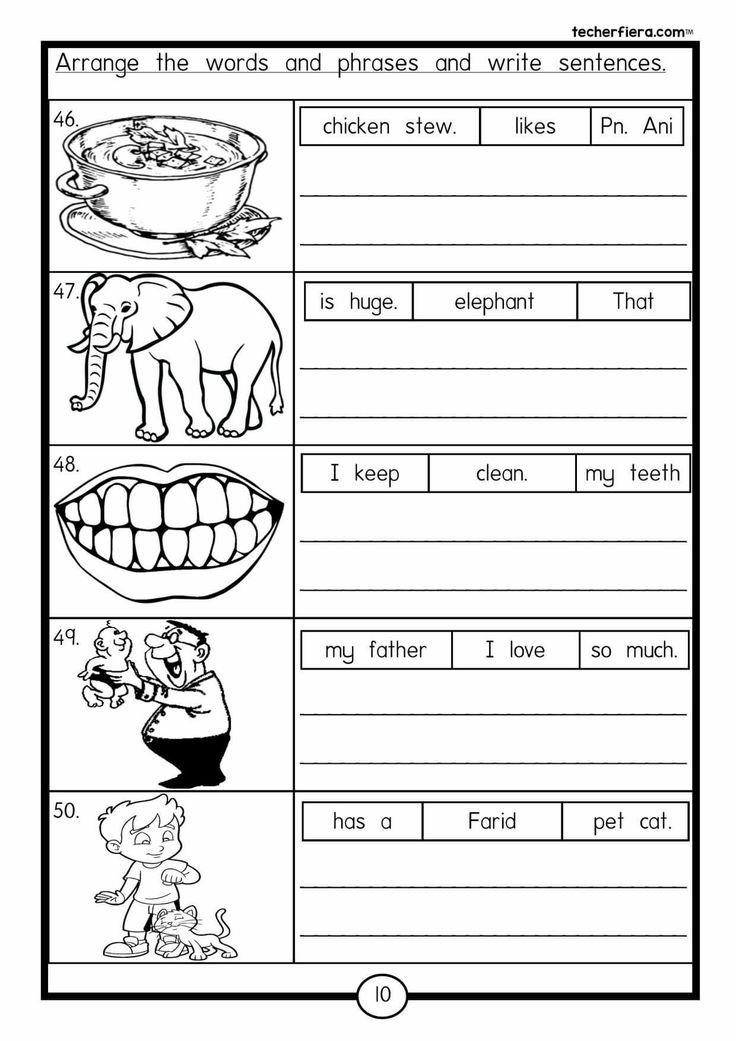 You can find a reading level equivalency chart here.
You can find a reading level equivalency chart here.
Scholastic does not provide reading level information for every book they sell in Scholastic Reading Club, but they do share the reading level of some books. You can find the reading level in small text at the bottom of a listing in the catalog and below the price of a book if you are shopping online.
I really wish that Scholastic would provide a reading level for every book that they publish and carry in Scholastic Reading Club. I also wish they offered a book order catalog that only contained Guided Reading Levels A-D so I could easily shop for my kindergarten classroom library, but that is a different blog post for a different day. For now, I just have to skim the book order for my desired reading levels. There are usually 2-4 items offered in each flyer.
Guided Science Readers™ from Scholastic (A-D)
When I order books from Scholastic, I almost always purchase the latest set of Guided Science Readers.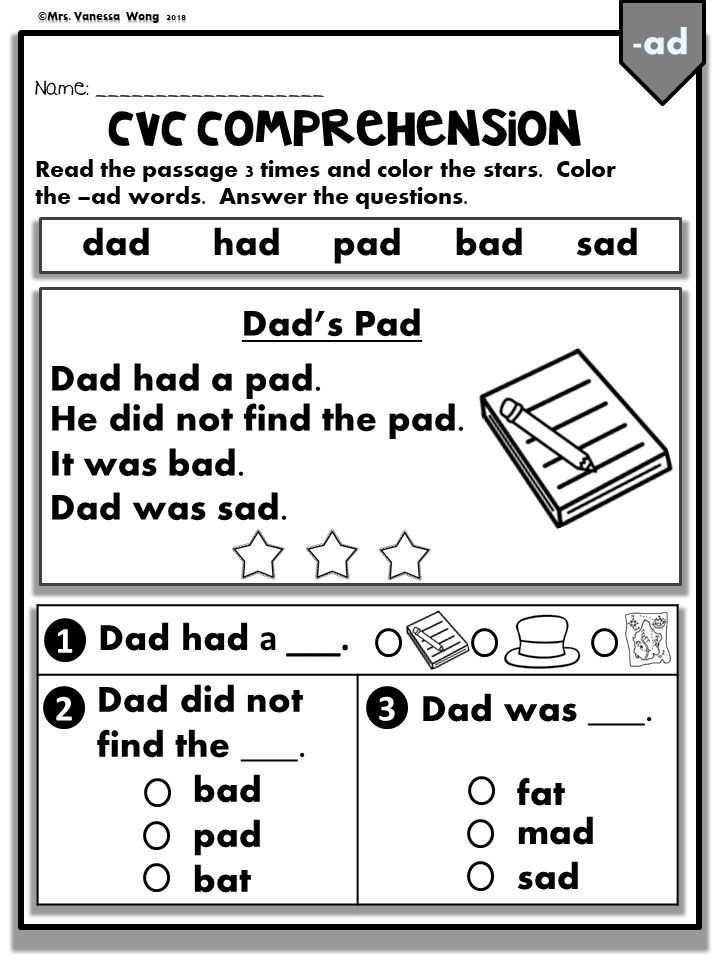 They usually offer new titles seasonally and I scoop them up every chance I get.
They usually offer new titles seasonally and I scoop them up every chance I get.
First off, these little books are a gold mine in part because they are non-fiction. Unless you’ve been living under a rock for the past few years, you know how essential nonfiction texts are to curriculum, especially when it comes to the Common Core. Not only is it important to expose children to as many nonfiction texts as possible, but children happen to love nonfiction. Especially about animals. They are intrigued by photos and facts and often want to learn as much as possible.
Usually, however, there is a downside to nonfiction texts. They are often much more difficult to read. And the very topic that would otherwise inspire a love of reading can easily break a child down because it is simply too much of a challenge for a beginning reader to take on.
With Guided Science Readers™, however, that is not the case! Interesting nonfiction topics that are easy to read for all kindergarten students makes these books the best of both words.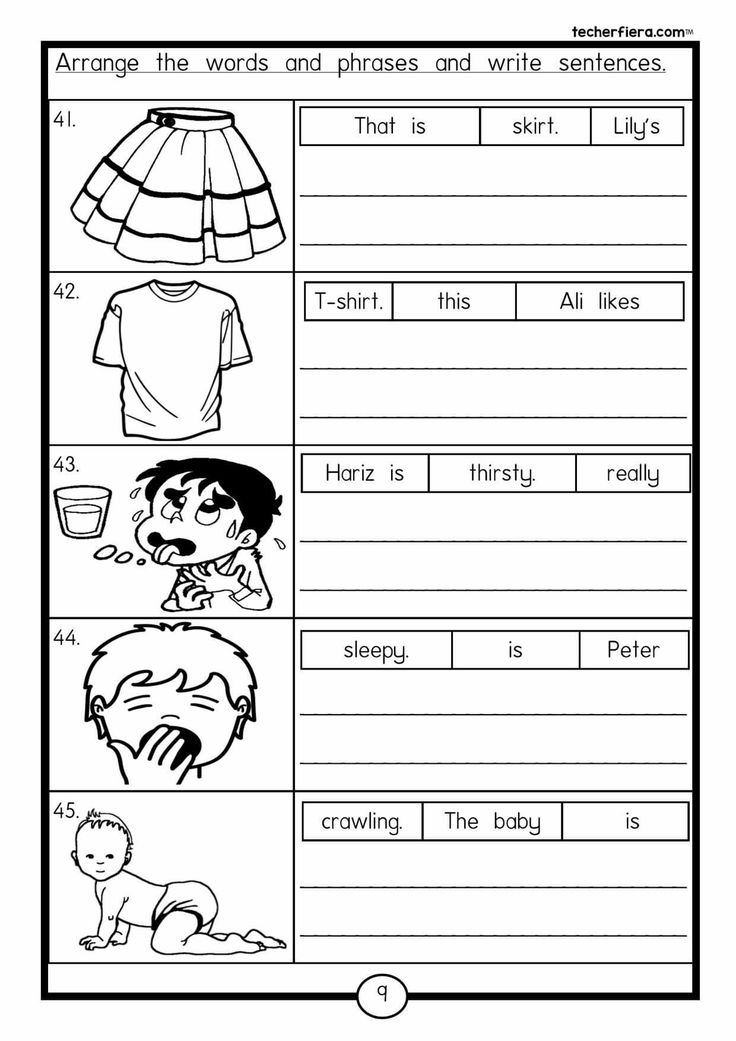
This particular pack, like many other Guided Science Reader sets from Scholastic, contained a variety of books from Guided Reading Level A-D.
Level A Text Features
The Guided Reading Level A texts feature short sentences with plenty of picture support and a lot of repetition. The text is presented in a nice, big print that is easy for students to point to and maintain focus. The short sentence are also loaded with critical sight words for young readers. These Level A texts are perfect for building reading confidence – which is exactly what my kindergarten students that are a Level A need!
I happily added these books to the “Level A” basket of my classroom library.
Level B Text Features
The Level B books included in this pack of Guided Science Readers also contained the same great picture support, sight words, simple sentence structure and repetition. Two lines of text are presented on each page to provide just enough of a challenge for readers, while still allowing them to build confidence and feel the excitement of success while reading.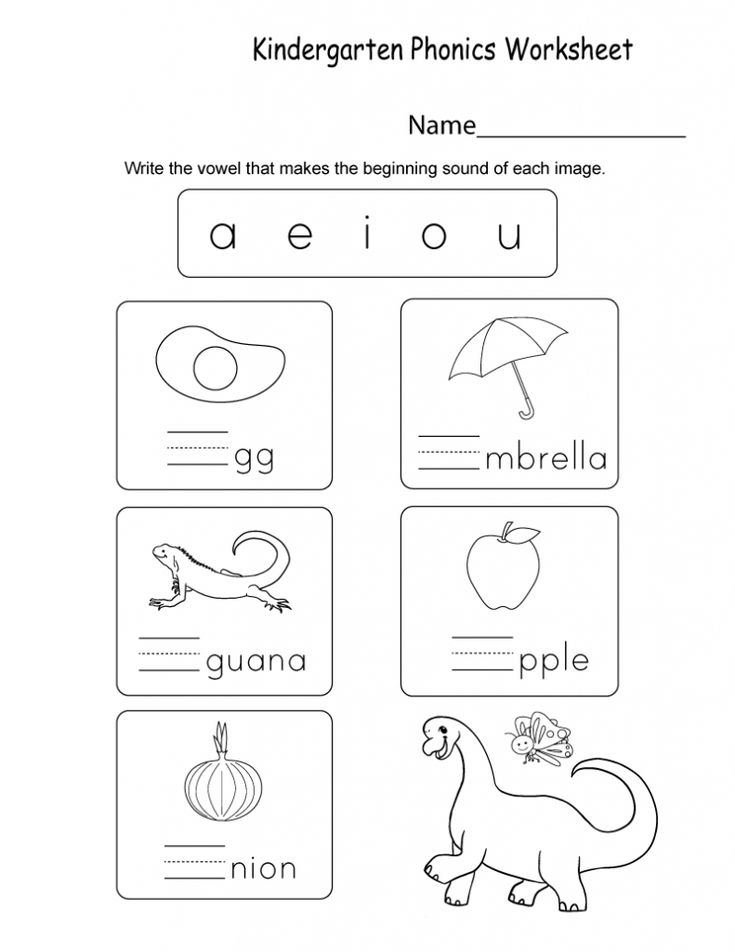
Level C Text Features
Children reading at a Level C are ready to initiate problem solving strategies to solve unknown words and these texts mix in a few sentence with unpredictable words and sentence patterns. These added challenges are balanced out with some sentence and sight word repetition so children don’t feel overwhelmed by the challenge. You may also notice that the print in the level C books is a little smaller than it was in the level B books.
Level D Text Features
For my more advanced kindergarten readers, Level D books are a great fit! These Guided Science Readers offer smaller text with longer sentences. I love how these books even used nonfiction text features to illustrate key words and concepts. It’s a great way to introduce these features in a way that is accessible to all children.
Guided Science Readers Levels E and F
Before this year, I had only seen Guided Science Readers available in Levels A-D. I think Scholastic must realize how much classroom teachers love these books because I was overjoyed to discover that they offered a pack of Levels E and F this fall!
I think Scholastic must realize how much classroom teachers love these books because I was overjoyed to discover that they offered a pack of Levels E and F this fall!
These books were the same great text format that my students love, with small added challenges for more advanced readers.
After several years of stocking up on Scholastic books, I have actually built up a significant stock of Level A-D texts for my classroom library but my box of Level E books is somewhat limited. These were a great addition to the collection.
National Geographic Kids™ Sight Words Box Set
While I absolutely adore my Guided Science Readers, I am always looking to expand my nonfiction book collection and provide a greater variety of nonfiction books in my classroom library. I took a chance and ordered the National Geographic Kids™ Sight Word Box Set. They have a Guided Reading Level of C-F, which meant they had potential for my higher readers.
Each book in the set clearly labeled which sight words were featured inside.
The texts seemed like they would be a great fit for my Level C-F readers and I really liked that the featured sight words are in bold on each page.
You can see from the photo above and the one below that there was a repetitive pattern to the text. This was “book 2” in the set, so I’m sure it was a Level C (other books were more challenging) but it seemed to be an accurately labeled as a Level C text.
I Can Read! Penguin Young Readers Pack Levels B-D
Leveled fiction texts are always easier to come across on Scholastic. I had never purchased any Penguin Young Readers books, but I took a chance and ordered the I Can Read! Level B-D Pack.
The books varied in difficulty but they were pretty good. The text wasn’t over-the-top interesting (it rarely is for books that are easy to read), but these little books did the best they could.
I was particularly happy to see this book in the collection that used speech bubbles and simple print.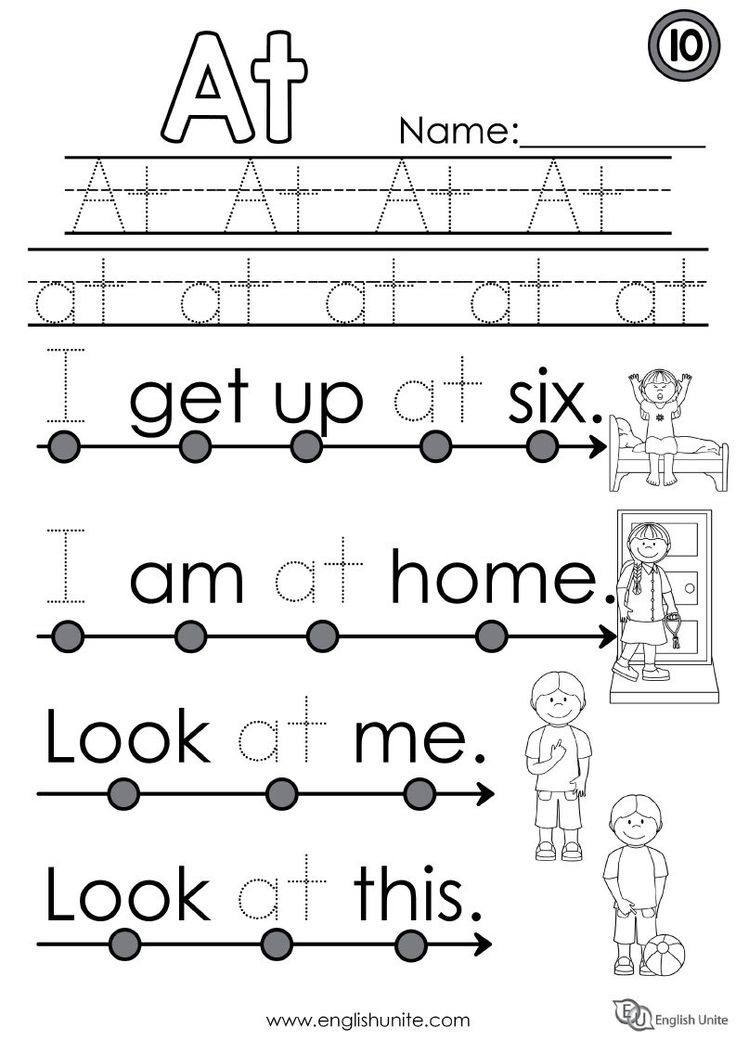 I’m guessing this was a Level B text. It was a sweet book and this student loved it.
I’m guessing this was a Level B text. It was a sweet book and this student loved it.
Just- Right Readers Community Pack (A-C)
The Just-Right Readers Community Pack appeared to be a good fit for my early readers as well. Fiction stories may not be as engaging as non-fiction, but this pack was about community helpers and many kindergarten students love reading about community helpers.
Even though the pack said it was for children reading as low as a Level A, I definitely could not see how any of my lowest kindergarten readers would be successful reading these books. This was one of the easiest books in the set and those sight words (write, with, our) were just too hard. I could see my children reading one difficult sight word, but three tough ones in the same sentence? It wasn’t going to work with my students that really struggle.
While I would hesitate to classify these books as a Level A in my own classroom library, I would agree that the books were a good fit for Level B and Level C readers.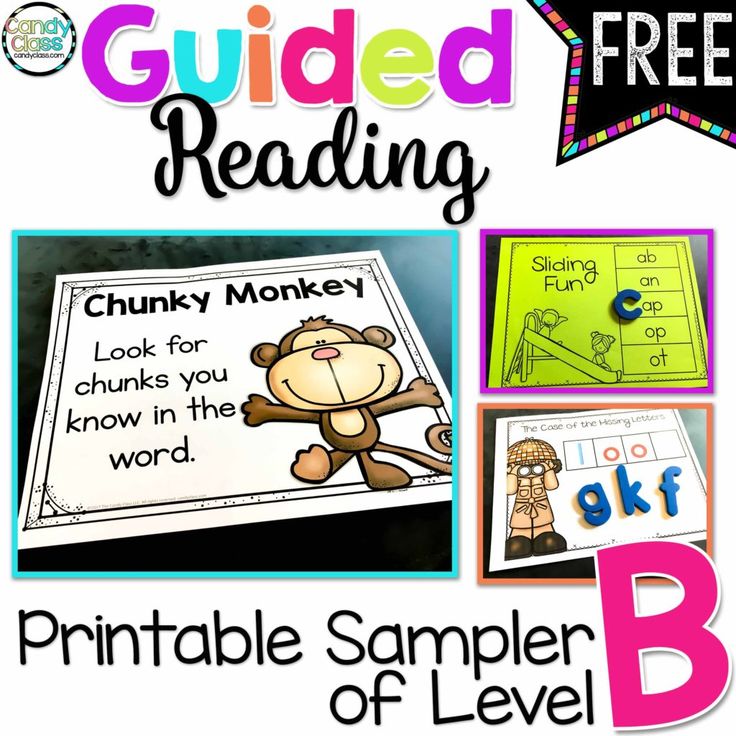
Sofia the First Reader Box Set
For the final set of books that I purchased, I may have actually lost my mind a little. I never purchase character books from Scholastic. Ever. Not even when they come in a boxed set that says “sight words” or “phonics” because the words that are integral to any famous animated character storytelling are too difficult for most kindergarteners to read independently.
Do kindergarteners love books featuring their favorite characters? Absolutely.
Can a kindergarten student read those beloved character books independently? Probably not.
I invest in books for my library that are leveled and likely to help my students be successful when they read. Character books usually do not accomplish this task. Which is why I have no idea what compelled me to purchase the Sofia the First Reader Box Set.
In all honesty, I don’t have a clue who Sofia is. I recognize the three fairies from Disney’s Sleeping Beauty so I can only assume that Sofia is some sort of spin-off.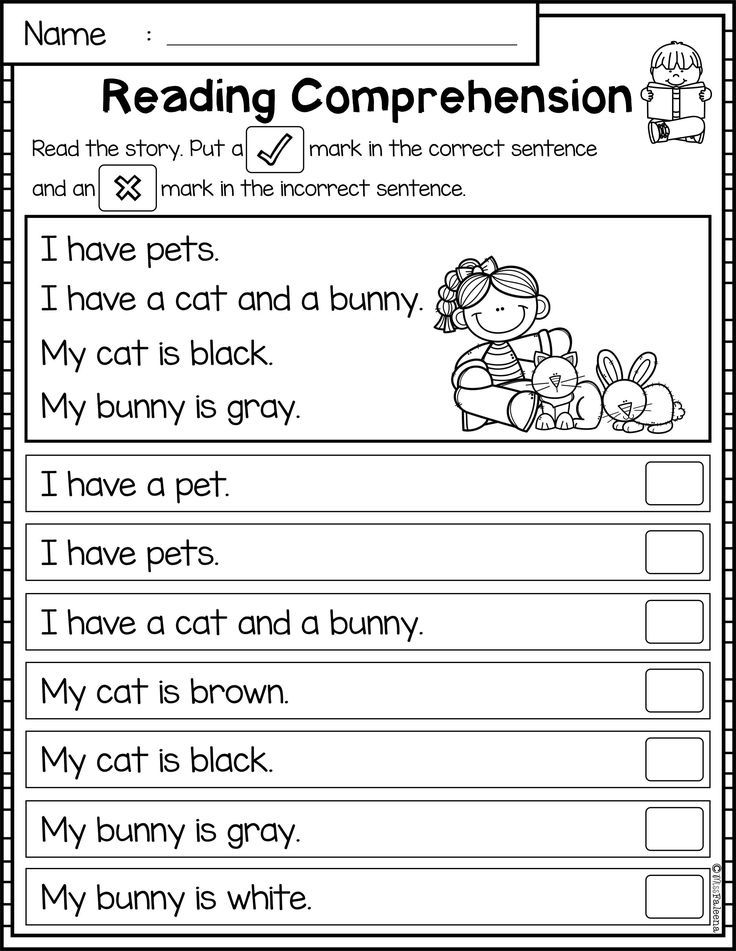 I think I purchased this set because I was feeling very hopeful when I saw that some of the books were classified as Level A. Character books are motivating and I would be thrilled to find character books that my students can actually read.
I think I purchased this set because I was feeling very hopeful when I saw that some of the books were classified as Level A. Character books are motivating and I would be thrilled to find character books that my students can actually read.
Some of the books made me think that it might be possible for my students to have success. Like this one with the simple sentence “I am a friend”. I wish the print were bigger, but at least the text isn’t too much of a challenge.
This book appears to be a Level B text. Ok, not too bad…
And then I opened up a few more books. Ugh. I know that savvy readers who love Sofia could probably figure out that the long word that starts with a w is Whatnaught (whom I can only assume is a widely known Sofia character). But my low readers who might not be so savvy? They might immediately be intimidated by that crazy looking word.
And then there was the word headmistress. Sigh.
These would be great stories for a parent to read to a child at bedtime (and the child could learn the challenging words after hearing them read several times) but I’m not convinced that they were the best purchase for my classroom library. I’ll add them to my book leveled book boxes and see what happens.
I’ll add them to my book leveled book boxes and see what happens.
Straight Talk About Leveled Books
I am so happy to add all of these new titles to my classroom library, but I was a little disappointed with the level identification. Of this entire collection, only one set of books was easy to determine the exact reading level: the Scholastic Guided Readers. They clearly displayed the book level right on the front cover. The other books were all listed as range of reading levels, but it was impossible to easily identify the reading level of individual books in the set. Typically, I would just scan the books with one of the book leveling apps on my iPhone, but sadly every book that I attempted to scan said that book level information was not available. I was pretty disappointed that books I ordered from Scholastic were not indexed in Scholastic’s Book Wizard app. I hope that they update their database soon with more information about the books they sell in Scholastic Reading Club.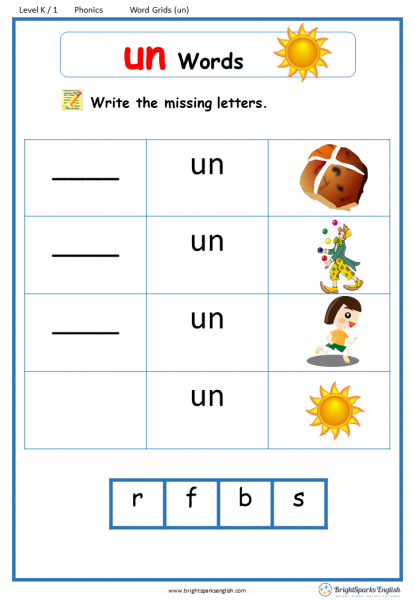
If you want to know more about the tools I use to level my classroom library, you can read all about it in this blog post.
Increase Parent Purchases from Scholastic Book Orders
One of the easiest (and most affordable) ways to stock up a classroom library is through Scholastic Reading Club. It’s even better when you can cash in bonus points to get those books for FREE. This blog post has all my best tips to help you boost parent orders from Scholastic Reading Club. The more parents purchase, the more you can build your own library. It’s win-win.
Check out My Newly Updated Classroom Library
My own kindergarten classroom library is filled with books from Scholastic. The library got a big makeover this year. You can see all of the details of how I organized the library in this blog post.
Awesome Emergent Readers for Kindergarten ⋆ Parenting Chaos
Sharing is caring!
5372 shares
- Share
- Tweet
For the last week, I have been debating how to do this post.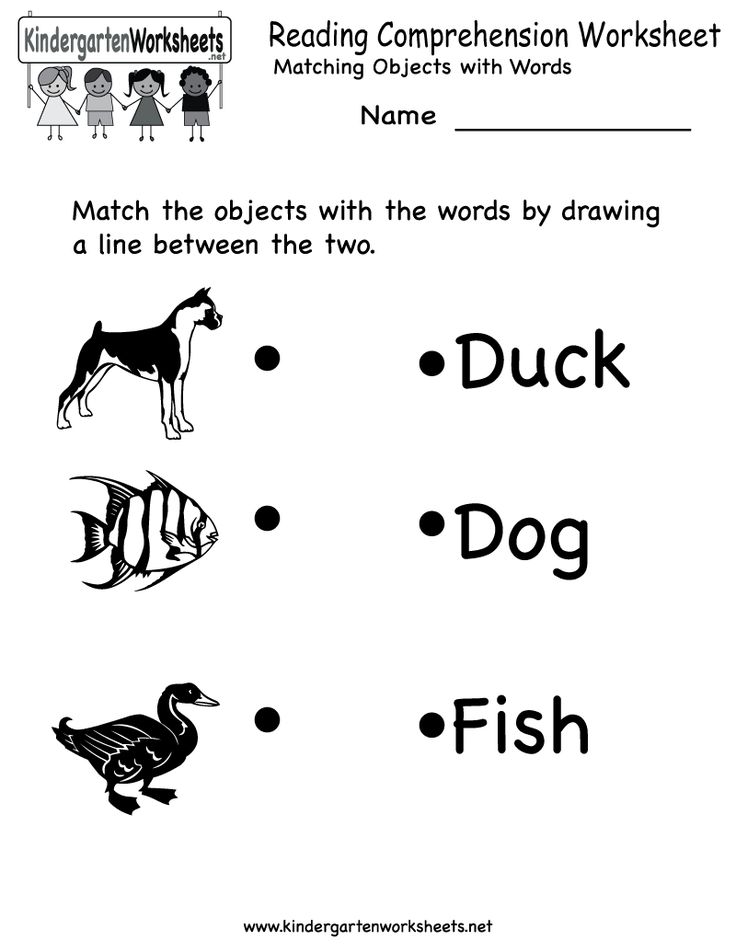 When it comes to Emergent Readers there are 3-4 different levels depending on which Leveled Reading System you are using. For the purpose of this post, I am going to follow this Reading Level Conversion Chart for Guided Reading Levels A-C. I Can Read books are leveled differently, you can find the appropriate level for those below each section of book suggestions.
When it comes to Emergent Readers there are 3-4 different levels depending on which Leveled Reading System you are using. For the purpose of this post, I am going to follow this Reading Level Conversion Chart for Guided Reading Levels A-C. I Can Read books are leveled differently, you can find the appropriate level for those below each section of book suggestions.
The books included on this list are also already leveled. There are many great books out there for emergent readers that are not leveled. If you are curious if a book that is not leveled is developmentally appropriate for your reader compare it to similar leveled books. Some things to look for are:
- Sentence length and complexity
- Vocabulary and word choice
- Picture support
- Book Length
- Subject
- Interest level (children will often read above their reading level on topics that they find interesting — a great way to challenge your reader)!
- Repetition and predictability
And don’t forget, Reading Levels are only guides.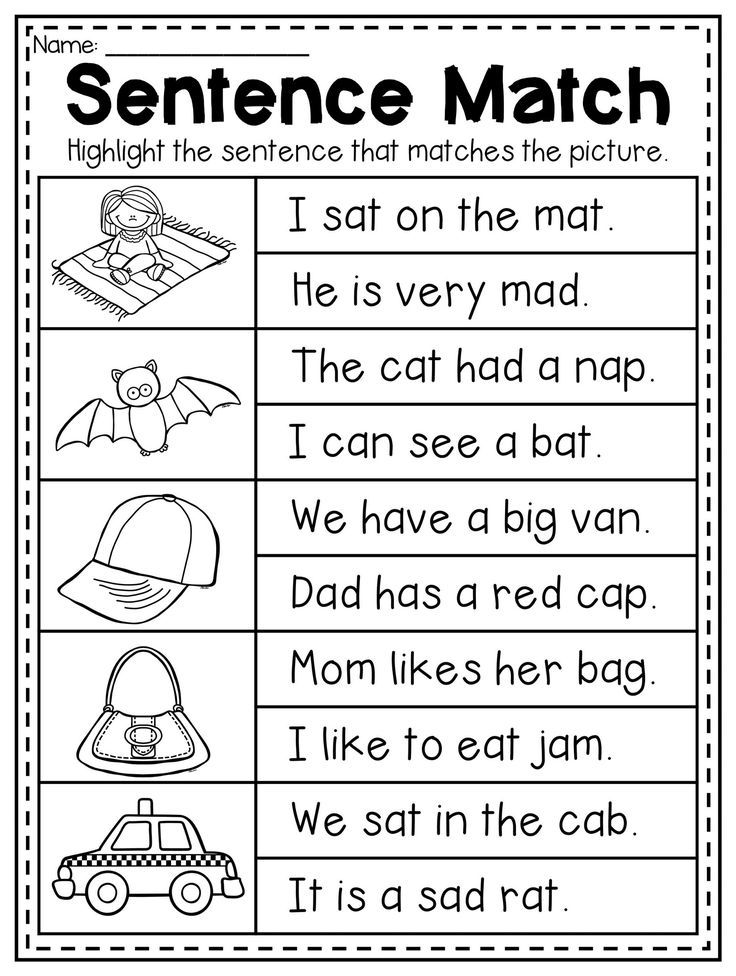 Use your instincts and knowledge of your child when picking out books; not every book will be a good fit for them.
Use your instincts and knowledge of your child when picking out books; not every book will be a good fit for them.
Emergent Readers for Guided Reading Level A/ DRA Level 1
Kids at this level are just beginning to learn how print works. They are learning the relationship between letters and sounds, and how to follow a text from left to right. They are also learning how to differentiate between pictures and print, using 1-1 matching, and noticing what features make each letter unique. Kids at this level may also start to pick up high frequecy words.
Have You Seen My Duckling? The Red Book (Caldecott Honor Book) Do You Want to Be My Friend? Board Book Sea Shapes Big and Little What Do Insects Do? Growing Colors Buenos Dias, Buenas Noches/Good Morning, Good Night (English and Spanish Edition) Toys’ Night Out Numbers All Around Big and Little: Things That Go Snowman’s Story
&
Find “I Can Read: My First Reading Level” books here
Emergent Readers for Guided Reading Level B/ DRA Level 2
Kids at this reading level have a core of easy, high frequency words, a strong understanding of the connection between letters and their sounds, and are able to identify a fair amount of letters based on their distinct features. They are also able to recognize and apply repeating language patterns, understand left-to-right directionality, and understand 1-1 matching. Children at this stage are just beginning to learn the concept of moving to the line of text below after finishing a line (called a return sweep).
They are also able to recognize and apply repeating language patterns, understand left-to-right directionality, and understand 1-1 matching. Children at this stage are just beginning to learn the concept of moving to the line of text below after finishing a line (called a return sweep).
On Market Street Growing Vegetable Soup (Voyager Books) Black and White Let’s Go Visiting Hoptoad I Love You Sun / I Love You Moon: Te amo Sol / Te amo Luna (Spanish Edition) Cats! (Rookie Readers Level A) Fun With Hats (Read Me First Series) Honk! (Read Me First) Ollie (Gossie & Friends) Have You Seen My Cat? (The World of Eric Carle) What Do You Like? Where’s the Cat? The Bus for Us Hide & Seek Wheels (Science Emergent Readers) Wake Up, Big Barn! In the Woods Afro-bets 1-2-3 Book Counting Dogs (Numbers Storybox Book) I Like Stars (Step-Into-Reading, Step 1)
&
Find “I Can Read: Level 1” books here
Emergent Readers for Guided Reading Level C/ DRA Level 3-4
Kids at Reading Level C are going to be able to move pretty smoothly across the page as they read.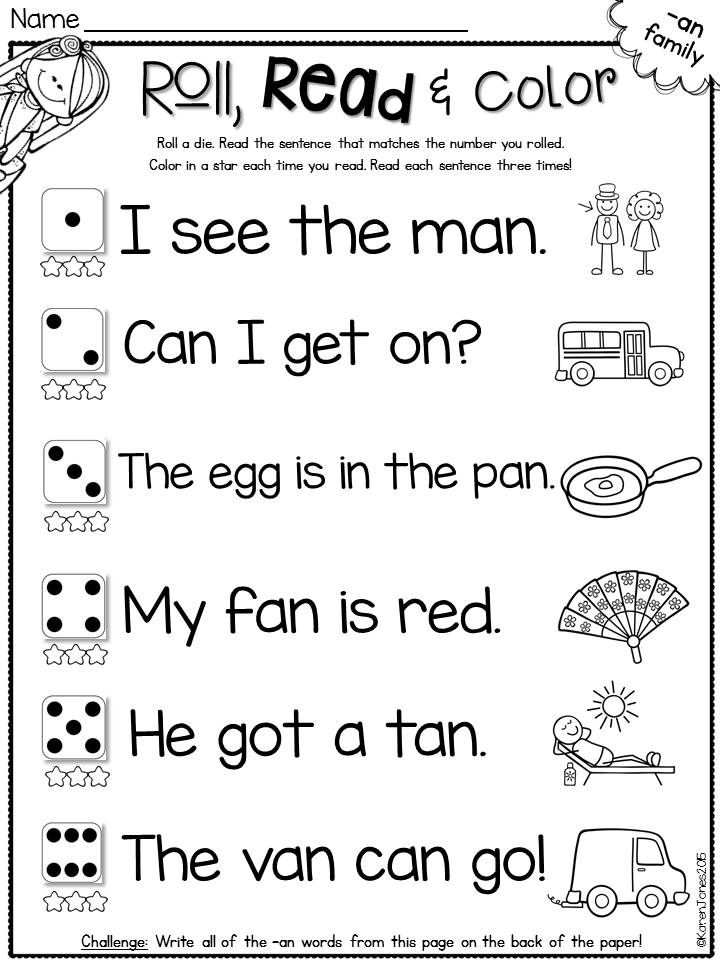 They should be beginning to rely more on their eyes and less on finger tracking when following texts. They should also begin to have some expression in their speech; noticing punctuation and dialogue. Kids at this level will also have a larger core of high-frequency words, are able to break text up into meaningful phrases, and are consistently self-checking and self-correcting.
They should be beginning to rely more on their eyes and less on finger tracking when following texts. They should also begin to have some expression in their speech; noticing punctuation and dialogue. Kids at this level will also have a larger core of high-frequency words, are able to break text up into meaningful phrases, and are consistently self-checking and self-correcting.
I Love You: A Rebus Poem Going to Grandma’s Farm Brown Bear, Brown Bear, What Do You See? It Looked Like Spilt Milk Bathtime for Biscuit Sheila Rae’s Peppermint Stick A Rainbow of My Own Zara’s Hats The Rat and the Tiger I Went Walking We Have a Baby Roll Over!: A Counting Song Yo! Yes? Catch That Cat! Where is Max? Old Mo Big Machines Lunch I Eat Leaves Splash! Bear About Town Tell Me a Season Bus Ride Caribbean Dream Gossie Spots, Feathers, and Curly Tails Flying Rain Teddy Bear, Teddy Bear Kites Dog’s Day Mice on Ice Good News, Bad News
&
Find “I Can Read: Level 2” books here
Share This!
Other Ideas You Will Love!
Sharing is caring!
5372 shares
- Share
- Tweet
Department of General and Additional Education
Kindergarten is located in a detached 2-storey typical panel building with centralized heating, water and electricity. The territory of the kindergarten is surrounded on three sides by the housing estate of Artekovskaya Street. Playgrounds are equipped with shady canopies and small game forms, sports equipment. The territory of the kindergarten is decorated with lawns, flower beds and flower beds.
The territory of the kindergarten is surrounded on three sides by the housing estate of Artekovskaya Street. Playgrounds are equipped with shady canopies and small game forms, sports equipment. The territory of the kindergarten is decorated with lawns, flower beds and flower beds.
There are five age groups in the kindergarten from 2-7 years old.
Kindergarten FGBOU "VDC "Ocean" works in the mode of a five-day working week. The duration of stay in it for children is set from 07.00 to 19.00 hours in full-time mode (12-hour stay). Days off - Saturday, Sunday, public holidays
Educational activities are organized in accordance with the educational program of preschool education of the Federal State Budgetary Educational Institution "VDC "Ocean" (hereinafter OP DO), developed on the basis of the main educational program of preschool education "From Birth to School" edited by N.Ye. Veraksy and GEF DO. Educational activities are aimed at the formation of a general culture of pupils, the development of physical, intellectual, moral, aesthetic and personal qualities, taking into account age and individual characteristics, the formation of the prerequisites for educational activities, the preservation and strengthening of the health of preschool children.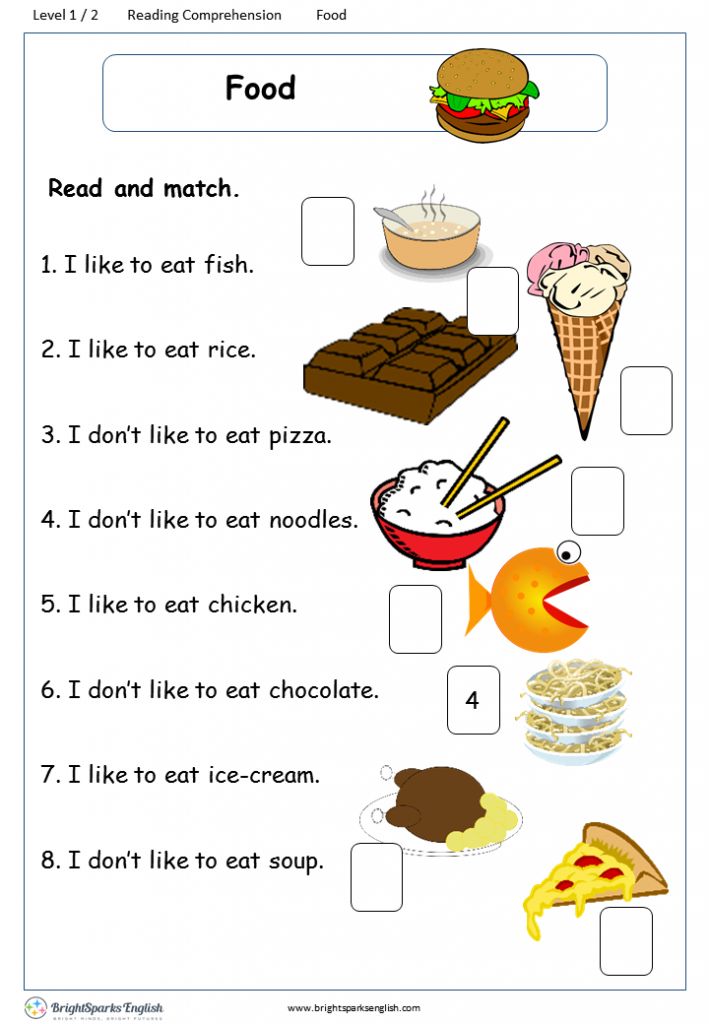
Educational activities are conducted in Russian, full-time, the standard period of study is 5 years, the level of education is preschool education.
The educational process in kindergarten is built taking into account the contingent of pupils, their individual and age characteristics in accordance with the requirements of the EP DO.
When organizing the educational process, the principles of integration of educational areas (physical development, cognitive development, speech development, social and communicative development, artistic and aesthetic development) are taken into account in accordance with the age capabilities and characteristics of children.
The educational process is built on the basis of legislative and regulatory documents, assessment of the state of health of children, a system of psychological and pedagogical principles that reflect the idea of the inherent value of preschool childhood.
The leading form of education and upbringing is the game and types of children's activities (game, communication, labor, cognitive research, productive, musical and artistic, reading fiction).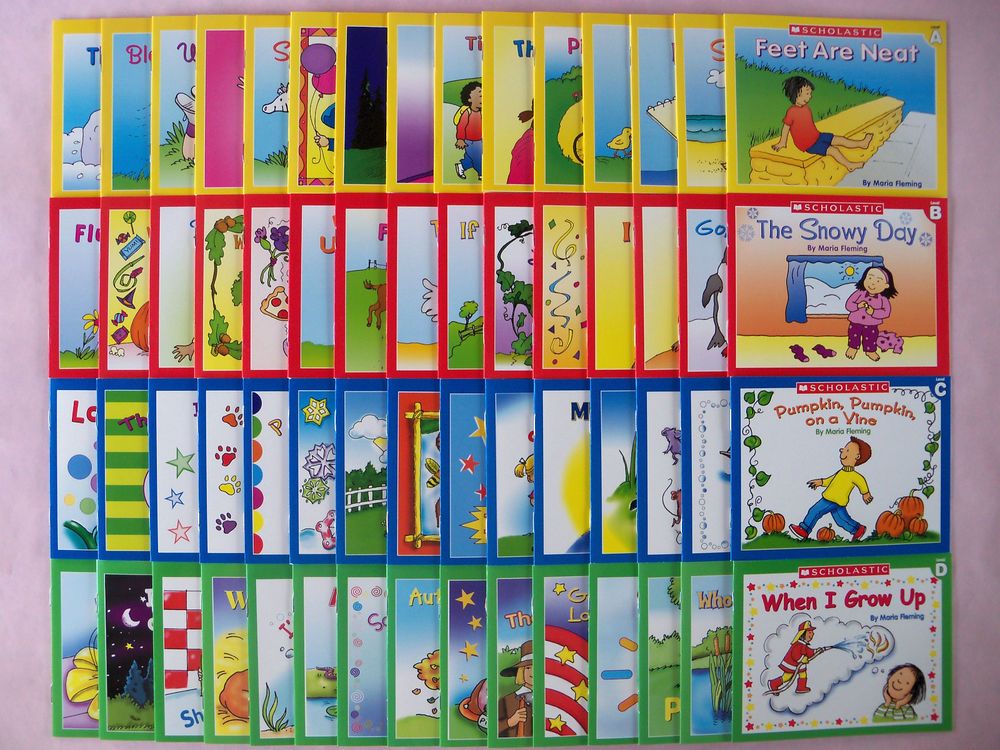
The main goal of the kindergarten is:
- comprehensive formation of the child's personality, taking into account the characteristics of his physical, mental development, individual capabilities and abilities, development and improvement of the educational process, development of targets at the stage of completion of preschool education.
The main tasks are:
- protection of life and strengthening of physical and mental health of children;
- ensuring the cognitive, speech, socio-communicative, artistic, aesthetic and physical development of children;
- education taking into account the age categories of children of citizenship, respect for human rights and freedoms, love for the environment, Motherland, family;
- interaction with families of children to ensure the full development of children;
- provision of advisory and methodological assistance to parents (legal representatives) on the issues of upbringing, education and development of children.
The basis of the organization of the educational process is determined by the complex thematic principle of planning.
Improving the quality of education is inextricably linked with improving the professional skills of teachers.
The system of advanced training in kindergarten is based on the following management documents: the schedule for advanced training of teachers, the annual work plan of the kindergarten, the schedule for certification of teachers. Pedagogical workers improve their professional level in accordance with the Law of the Russian Federation "On Education in the Russian Federation" 1 time in 3 years.
During the academic year, the process of professional improvement of kindergarten specialists is carried out. Teachers purposefully and in a system organize the educational process, show creativity and pedagogical skills in conducting educational activities, joint activities.
The teaching staff has a sufficient level of culture, stable, efficient.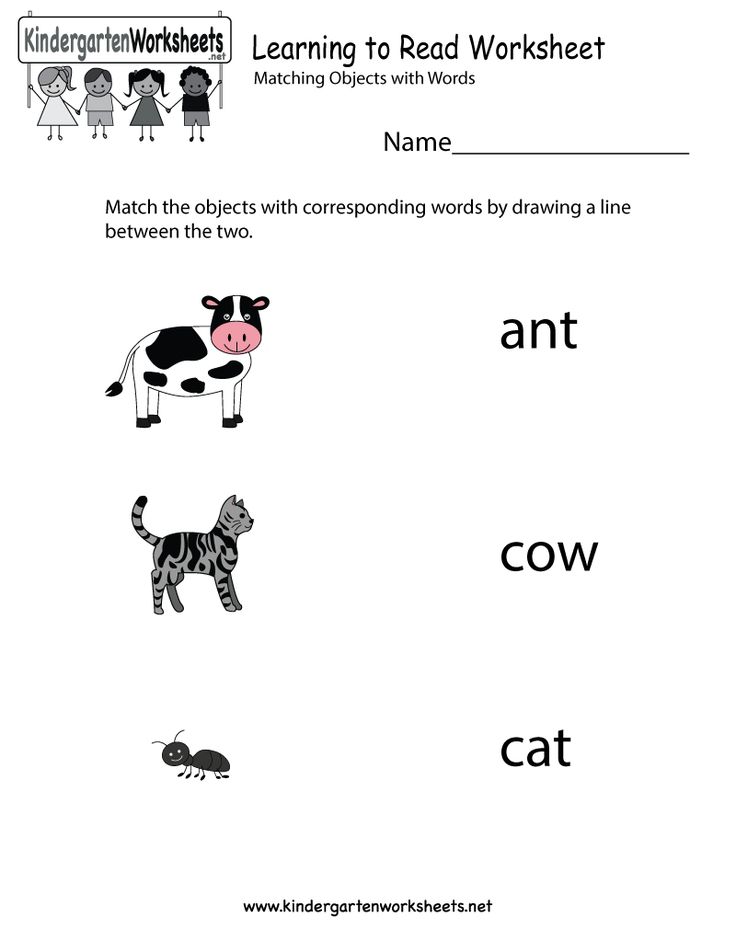 A sufficient professional level of teachers allows us to solve the problems of upbringing and development of each child.
A sufficient professional level of teachers allows us to solve the problems of upbringing and development of each child.
The main goal of the educational process at the School of the All-Russian Children's Center "Ocean" is to create conditions for the qualitative assimilation of the content of educational programs in accordance with the levels of education and upbringing.
The School has created conditions for students to master the educational programs of basic general and secondary general education, as well as the implementation of additional general education programs.
The methods used in the ocean school are maximally aimed at supporting each student in mastering the program material in accordance with the Federal State Educational Standard. Teaching material varies by subject, taking into account the content of textbooks recommended and approved by the Ministry of Education of the Russian Federation.
Basic general subjects (Russian language, literature, foreign language, mathematics, informatics and ICT, history, social studies, geography, biology, chemistry, physics) are studied at the School.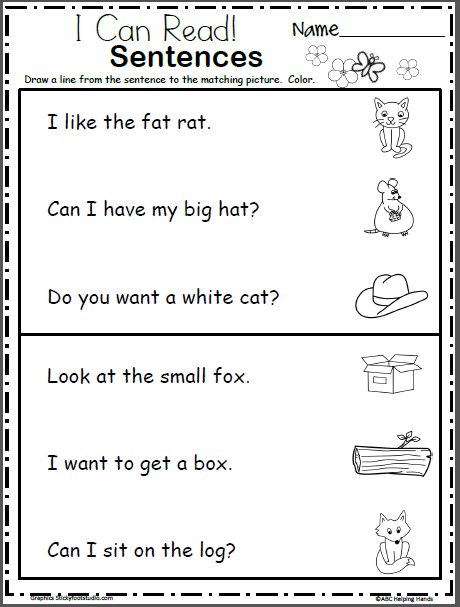
In accordance with the Charter of the VDC "Ocean" and the types of activities carried out, classes in "Art", "Technology", "Basics of Life Safety", "Physical Education" are included in the schedule of additional education for children.
Individual educational needs of students (different levels of knowledge in the subject, studying the subject at a specialized level, author's programs, lagging behind or ahead in studying program material, etc.) are resolved daily at individual or group consultations after lessons.
The school has a number of features, the most significant of which are the lack of homework and teaching in a team with different levels of learning. The duration of the study period at the VDC "Ocean" school is 12 - 14 academic days, the duration of the lesson is 40 - 45 minutes, the breaks are 10 minutes.
Class attendance is obligatory for all participants of the shift. At the end of the educational process, students receive a “Knowledge Assessment Sheet”, which indicates the topics studied, all marks for the period of study at the Center and the number of missed lessons with an indication of the reason (valid / disrespectful).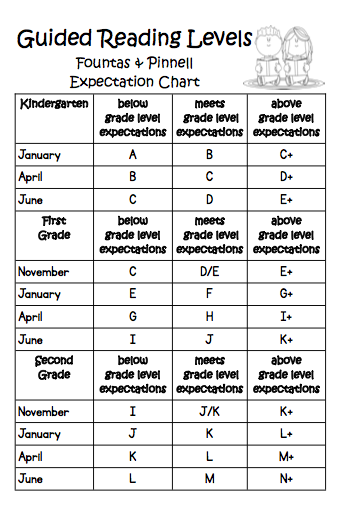 The statement is certified by the signature of the head of the school and sealed by the seal of the All-Russian Center "Ocean".
The statement is certified by the signature of the head of the school and sealed by the seal of the All-Russian Center "Ocean".
Teachers of the ocean school see a promising direction in their development in the creation of the Digital School of the All-Russian Children's Center "Ocean". In the digital environment, students will be able to gain experience in self-education, building an individual trajectory in the development of subject content.
One of the areas of extracurricular activities is the organization and conduct of educational, research and project activities of students together with scientists from the Far Eastern Branch of the Russian Academy of Sciences, Far Eastern Federal University, specialists from the Department of Natural Resources and Environmental Protection of the Primorsky Territory and other partners of the Ocean All-Russian Center.
During the summer period, teachers work in the system of additional education, implement additional general education programs.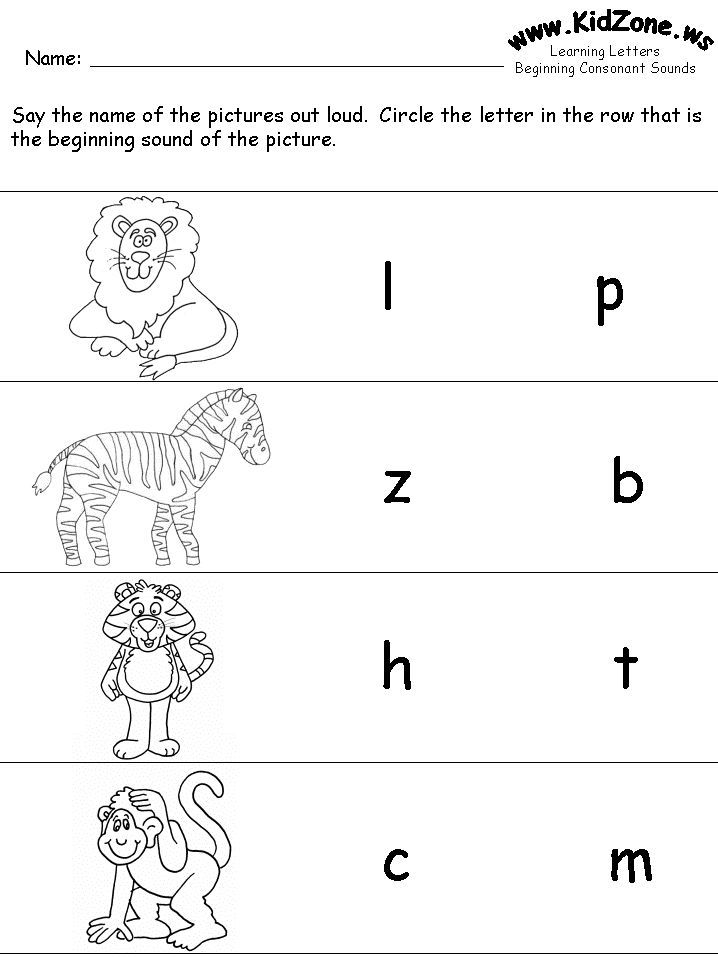 Great opportunities for educational and research activities of schoolchildren are laid down in the programs: "Eco-club", "In harmony with nature", "Human physics", "Control room in the kitchen", "Educational and research laboratory". Immersion in technical creativity, inventiveness involves programs: "RoboTech", "Scientific Amusement Park - with your own hands." Within the framework of the spiritual and moral direction, the programs "Traditions of the Russian House" and "Russian Doll" are being implemented. You can get the knowledge necessary for the subsequent choice of a profession in the classes under the programs "Economics", "International Tourism", "Press Club", "Impromptu!?", "Category Blogger", "School of Survival".
Great opportunities for educational and research activities of schoolchildren are laid down in the programs: "Eco-club", "In harmony with nature", "Human physics", "Control room in the kitchen", "Educational and research laboratory". Immersion in technical creativity, inventiveness involves programs: "RoboTech", "Scientific Amusement Park - with your own hands." Within the framework of the spiritual and moral direction, the programs "Traditions of the Russian House" and "Russian Doll" are being implemented. You can get the knowledge necessary for the subsequent choice of a profession in the classes under the programs "Economics", "International Tourism", "Press Club", "Impromptu!?", "Category Blogger", "School of Survival".
All this helps to make the learning process intense and varied, and make learning interesting, exciting and joyful!
Our history
The history of the library began simultaneously with the history of the "Ocean".
The first books for the library - 300 copies - were sent in 1983 from Moscow as a gift from the Central Committee of the All-Union Leninist Communist Youth Union, whose name our camp then bore.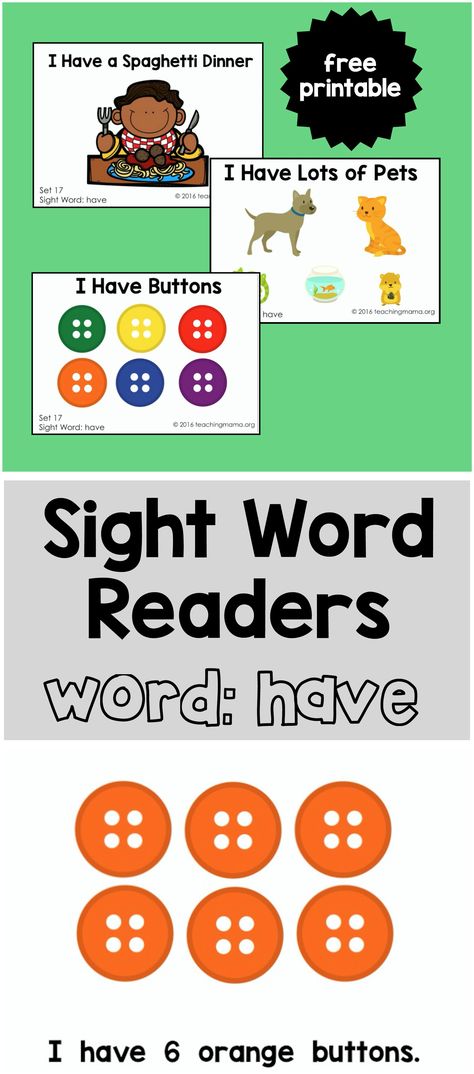 These were wonderful books by famous children's writers A. Markushi, N. Nosov, A. Dumas, D. Darrell and other authors.
These were wonderful books by famous children's writers A. Markushi, N. Nosov, A. Dumas, D. Darrell and other authors.
It was necessary to quickly write down and issue these books, as the time before the arrival of the first shift was less and less.
Designed the first books and for the future Oceanians all the teachers together, together: the school teachers, and the first counselors, and methodologists.
The library hospitably opened its doors on October 28, 1983. The first premises of the library combined a subscription, a reading room and book storage. It has become a favorite place for all ocean dwellers.
Library today
Today the library is a modern information center that meets the requirements of the developing information society with electronic resources and databases, with a universal and constantly updated collection. The library consists of 4 separate rooms, including: subscription, reading room, electronic resources room, book storage.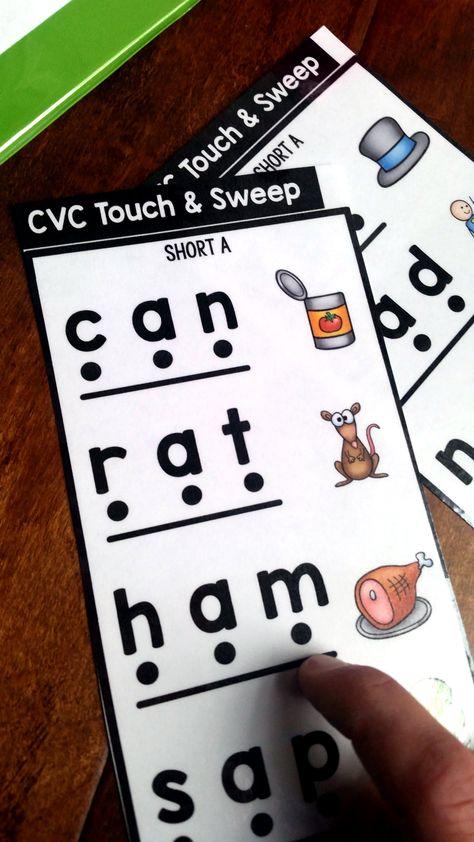
The library fund is more than 35 thousand copies. It is diverse and universal, includes books designed for different interests and age categories: fiction, popular science, reference, educational, methodical literature.
The reading room stock includes a diverse collection of periodicals for children and teachers, as well as a methodological library summarizing the experience of the Okean All-Russian Center and the experience of the constituent entities of the Russian Federation in the field of work with children and youth.
The library fund is constantly updated with modern editions, taking into account a variety of reader interests and age categories.
The library is an information center that provides the necessary support in the implementation of various thematic programs of the All-Russian Center "Ocean".
To ensure the educational process, a fund of school textbooks has been formed in the amount of eight thousand copies.
Since 2006, the library has been actively introducing new information technologies into its work, a fund of electronic publications has appeared.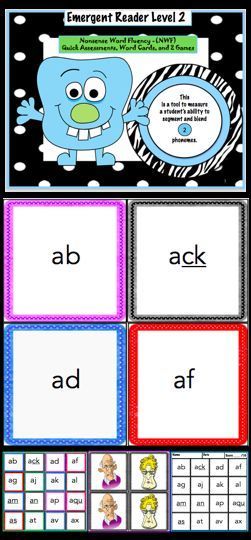
Since 2009, the Center's media library began to be housed in a separate room and was named the Electronic Resources Library.
Electronic Resources Hall meets the requirements of the modern information society and has a good material and information base. It has everything that readers need for a quick and high-quality search for information in digital format. These are: modern computers with Internet access, e-books, tablets, a diverse collection of CDs for children and teachers.
Since 2016, the Electronic Resources Room has been equipped with a high-tech library scanner that allows the digitization of the book stock and provides library readers with new opportunities to use digital copies for teaching and research purposes.
Library staff created unique electronic databases, an electronic catalog, which allow you to quickly and efficiently fulfill a variety of requests from readers.
The Electronic Resources Hall is popular with children, teachers and guests of the Center.
During study tours for all teams at the beginning of the shift, the library staff try to fully and interestingly reveal the possibilities and funds of the library in order to interest the Oceanians in reading the best children's books and using a variety of information sources.
Public events organized by the library staff are distinguished by a variety of forms. These are theme evenings, meetings with writers, literary competitions, library lessons, book presentations.
It has become a tradition at the Center to hold themed Weeks of a Good Book, as well as to reward active readers with memorable books at the end of the shift, and to present the reading group itself with a rolling symbol - a wise owl on a stack of books.
Since 2016, Okean has been implementing the thematic programs Literary Okean, for participation in which schoolchildren who are passionate about literary creativity are invited. As part of the thematic program in 2016, a variety of literary events were implemented with the active participation of the library staff, namely: a meeting with writers, a literary competition, a game on the stations, a themed evening, a themed trip, bookcrossing on the "ocean".
During the shift, children go to the library for different purposes: educational, self-training, project activities, personal reading interests.
More than 60% of all shift participants become library readers.
The new library premises welcomed oceangoers at the beginning of 2020. Three classrooms - a reading room, a subscription room and a library of electronic resources - are a modern educational space.
Here, in the coworking format, not only children who come to the All-Russian Center for thematic shifts, but also Okean employees, teachers and specialists who improve their professional qualifications will be able to study and read. The project to update the library of the All-Russian Children's Center was carried out as part of the implementation of the federal target program for the development of the "Ocean" until 2020.
All classrooms have comfortable mobile furniture that can be moved depending on the purpose of the event. Thanks to this, more than 30 people can be accommodated in the reading room with great comfort.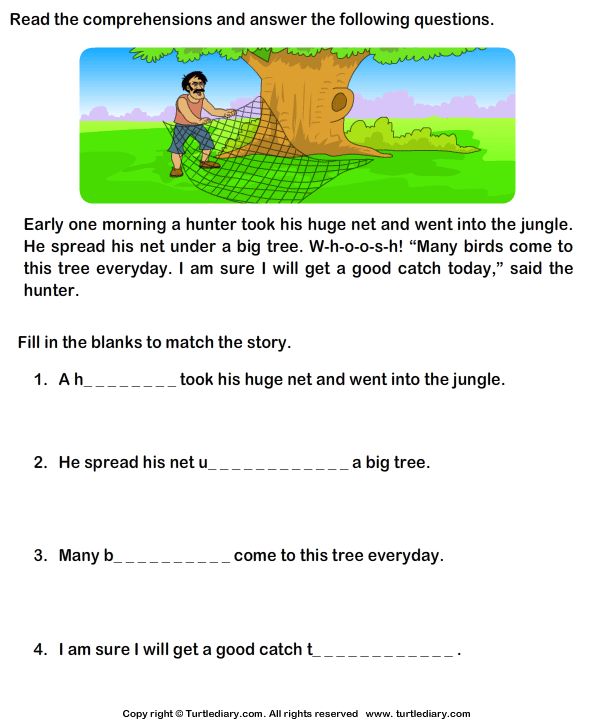 Methodological classes, meetings with interesting people, detachment and squad affairs, self-training classes and subject Olympiads will be held here.
Methodological classes, meetings with interesting people, detachment and squad affairs, self-training classes and subject Olympiads will be held here.
The subscription hall has been transformed. A reading podium, revolving shelving and aqua-coloured cabinets accentuate the oceanic style. Mobile bookcases occupied the perimeter of the room, which made it possible to significantly expand the space for visitors. According to the Center's librarians, in 21 days the children have time to read several books, and by tradition, the most reading group at the end of the shift is awarded with separate prizes and diplomas.
The Electronic Resources Room is distinguished by its style and color scheme. The zoned room, comfortable sofas and armchairs allow you to spend time with benefit and comfort both at computer tables and while working with electronic tablets.
The library's book fund is diverse and meets the modern educational needs of schoolchildren. More than 30 thousand items - books, magazines, digital resources, teaching aids - are in his charge. The fund is constantly updated: last year the volume of educational and methodical literature was significantly replenished. In January 2020, a new batch of books was received, including 475 units of educational, fiction, popular science and educational literature for children's reading.
The fund is constantly updated: last year the volume of educational and methodical literature was significantly replenished. In January 2020, a new batch of books was received, including 475 units of educational, fiction, popular science and educational literature for children's reading.
How to assess the level of kindergarten | Choosing a garden for a child | Forbes Education
AUTHOR:
Natalie Kaminsky
founder and director of the English kindergarten network MAGIC CASTLE
Choosing the right kindergarten is a task that requires serious parental involvement and cannot be solved remotely. Set aside time to visit your chosen gardens, and during the middle of your work day. So you can not only talk with the head, manager or administrative staff, but also see the children and teachers, see how they communicate and interact, what happens in the classroom or during playtime.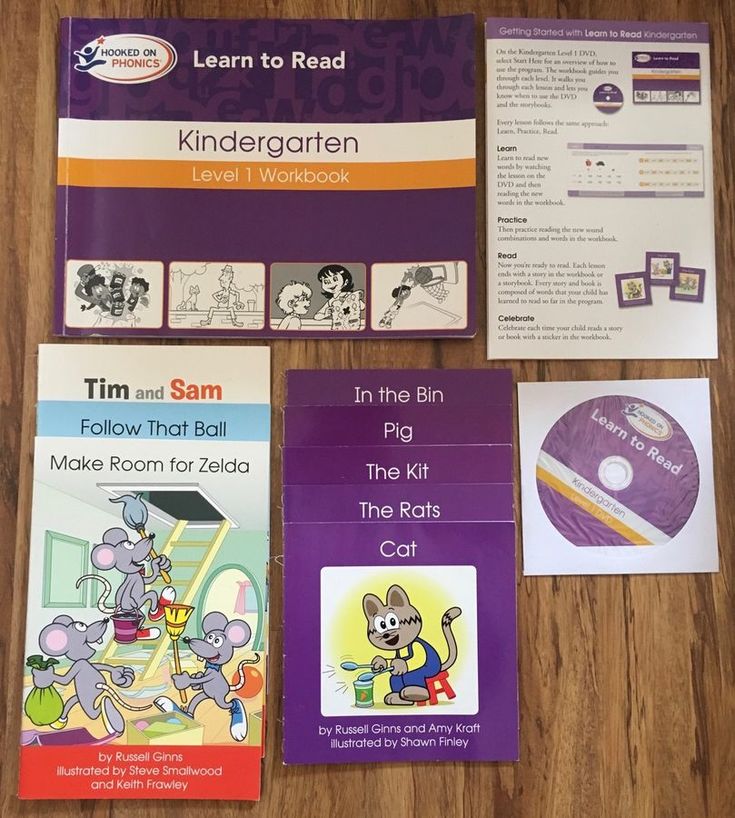 Based on such a visit, you will be able to understand how life works in kindergarten, how professional the staff is, how young students feel.
Based on such a visit, you will be able to understand how life works in kindergarten, how professional the staff is, how young students feel.
In this article, we will list nine important aspects that you need to pay special attention to when visiting your chosen preschool.
1. Staff
It is best to come to kindergarten with your child. You will immediately be able to assess the actions of employees: are they trying to interact with the baby or are they ignoring him and communicating only with you? In a good garden, they will definitely talk to the child, they will find an approach to him literally in the first minutes.
If you can observe how the class is going, evaluate whether the teacher is holding the group's attention. A good teacher knows how to interest, feels at what point his wards are tired and they need to warm up, regularly changes the type of activity - after all, the lesson should be dynamic and varied.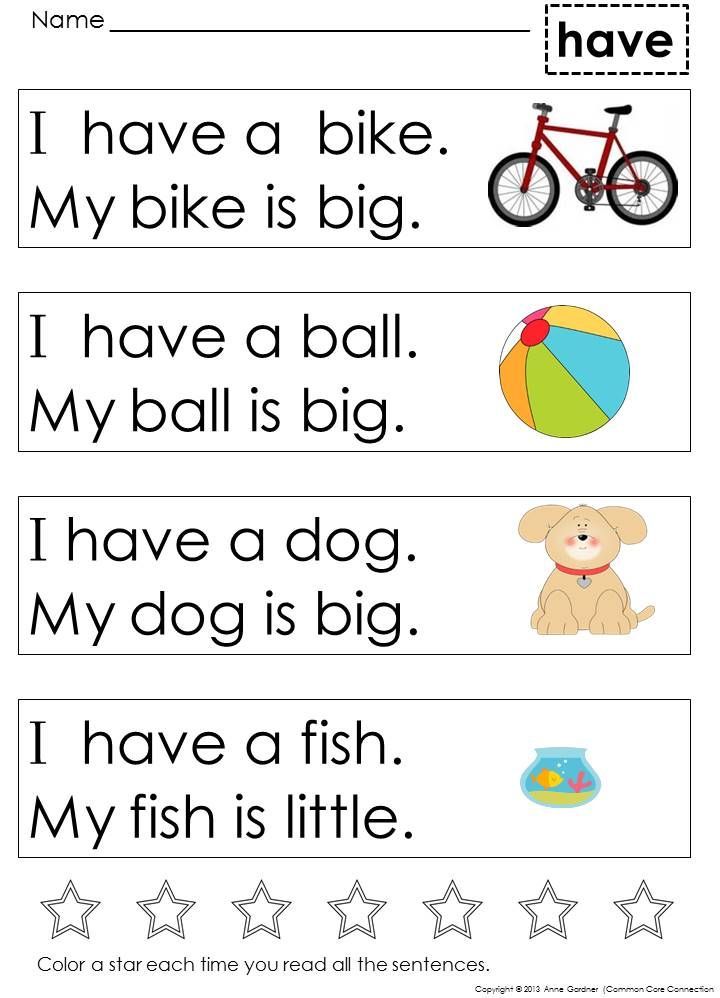 During playtime, the teacher should be involved in communication and games with children, and not sit on a chair, stand aside or be distracted by the phone.
During playtime, the teacher should be involved in communication and games with children, and not sit on a chair, stand aside or be distracted by the phone.
All kindergarten staff must treat children with respect. Shouting, raising your voice, pulling hands are unacceptable.
In a friendly and comfortable environment, students behave confidently, communicate openly, and are not afraid of visitors. For example, if you peek into a classroom where a class is taking place, the children may turn around, say “Hi!” and go back to their daily activities. In their free time, they get to know guests, ask questions, and show curiosity. If you see sincere smiles on the faces of the person who meets you, and teachers, and children, this is the first sign that this kindergarten can be trusted. 9 Observing the life of the garden, as a rule, one can understand the extent to which employees control what is happening.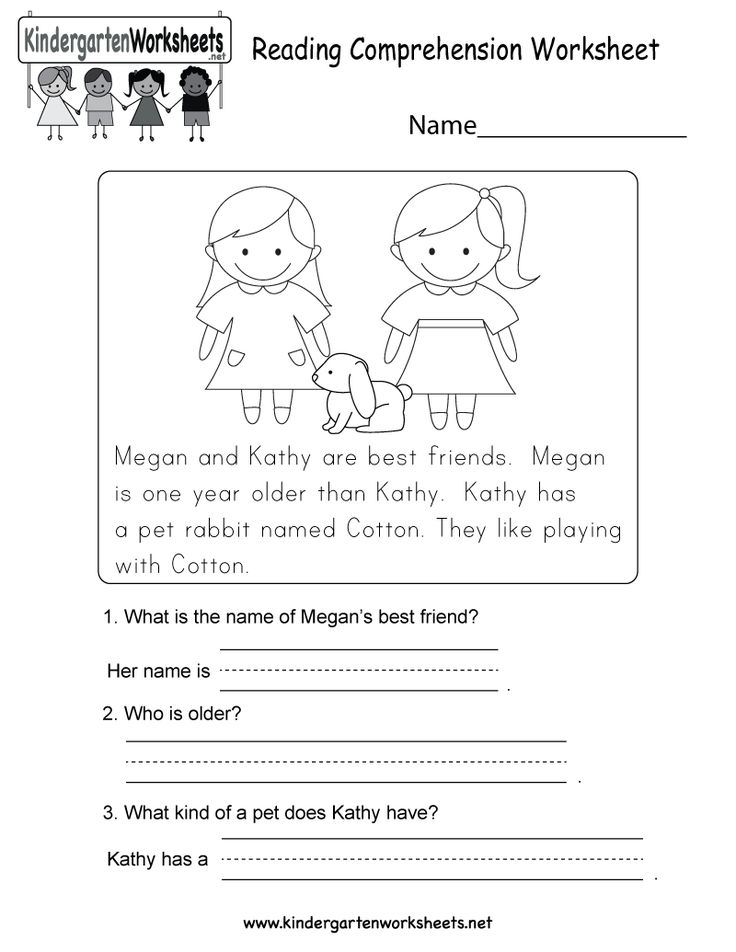
Children should respond to the teacher, fulfill his requests, behave correctly towards each other. For example, if the teacher said, “Let's say hello,” everyone should turn around and say hello, and not continue to go about their business.
Children cannot be left to their own devices, otherwise they will copy unwanted patterns of behavior from each other. This is a fairly common problem in kindergartens with large groups: when there is one teacher for 30 children, it is physically impossible to track all the negative situations. That is why we limit the number of groups to 15 students and two people work with children at once: a teacher and an assistant.
Kindergarten must have clearly defined rules. Children are just learning to live and trying different models of behavior - not always acceptable and acceptable. Our task is to anticipate them.
To explain the rules, we act out different situations with subsequent discussion, help the children to come to the conclusion themselves, what is good and what is bad.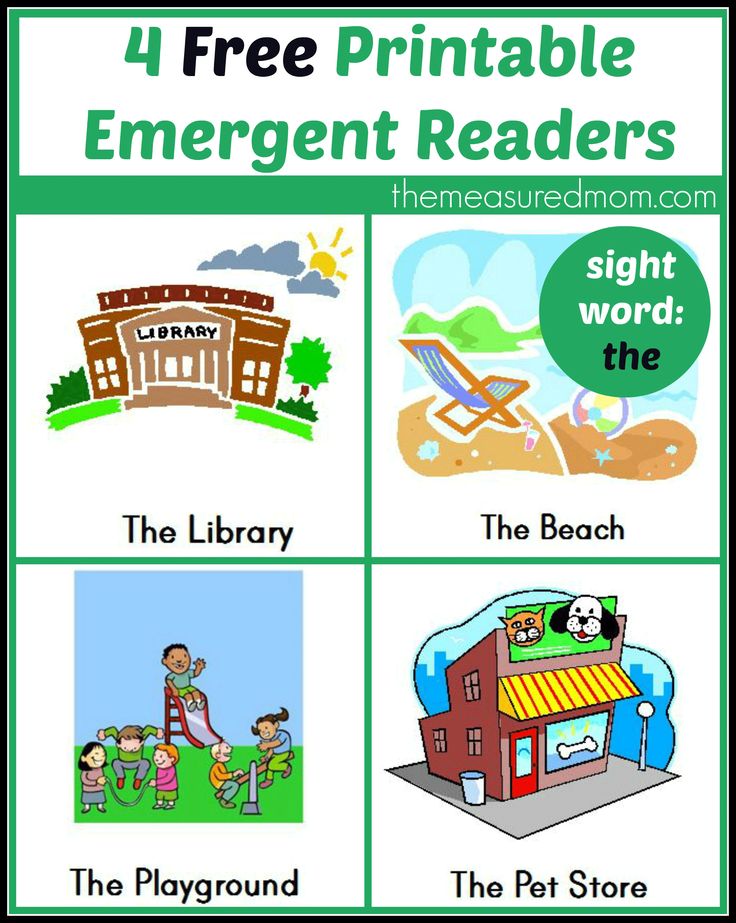 If the child nevertheless behaved incorrectly, we do not “beat him on the hands”, but show him how to act differently, gently lead him to change his behavior.
If the child nevertheless behaved incorrectly, we do not “beat him on the hands”, but show him how to act differently, gently lead him to change his behavior.
40003 Starting kindergarten is a significant change in a child's life that can be stressful if not properly prepared. During the first visit, it is worth asking the manager or head of how the kindergarten is adapting. The priority of the kindergarten should be the psychological well-being of the child. In a good kindergarten, you will hear a detailed story about the features of organizing the adaptation process in the first weeks of your visit, the specialists who will conduct it, and you will also receive a complete list of necessary actions from the parents. Kindergarten should not shift responsibility for the success of adaptation to the child (his readiness for kindergarten, character or temperament). 5. Program 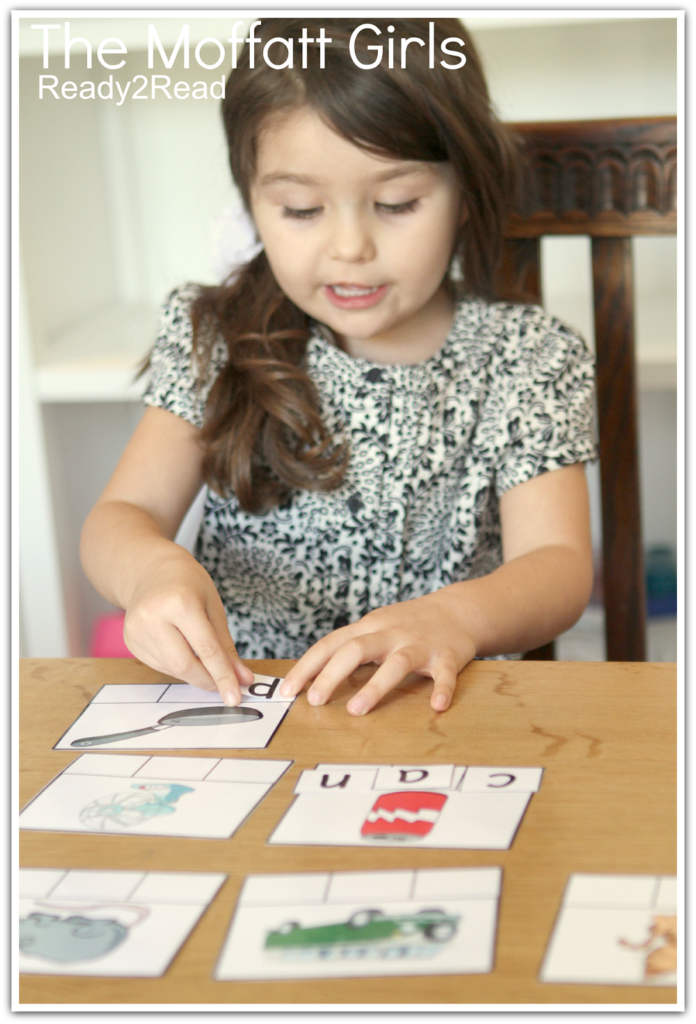 Any child can be adapted within a month, subject to competent actions on the part of adults.
Any child can be adapted within a month, subject to competent actions on the part of adults.
The program must necessarily include creative, sports and developmental activities. One of the primary tasks of the kindergarten is to create an opportunity to try as many different activities as possible, to help the child find what he likes best. We strive to ensure that, in addition to academic subjects, each of our students try their hand at dancing, art, modeling, music, ballet, football, karate, anti-gravity, break dance, sand therapy and many other activities.
If you decide to send your child to a kindergarten with a foreign language, we advise you to make sure that the right environment is really created in it: language learning cannot be limited to scheduled lessons, it should be the whole life of the kindergarten. The fact is that young children learn a foreign language only if they communicate in it, use it for practical purposes.
6. Activities
The daily life of an ordinary kindergarten is quite monotonous. Classes, of course, differ from one another, but nothing radically new happens in them, at some point visiting the garden becomes a routine. In order to maintain motivation and retain an element of novelty, weekdays must be “diluted” with bright and exciting events: holidays, festivals, excursions, unusual meetings.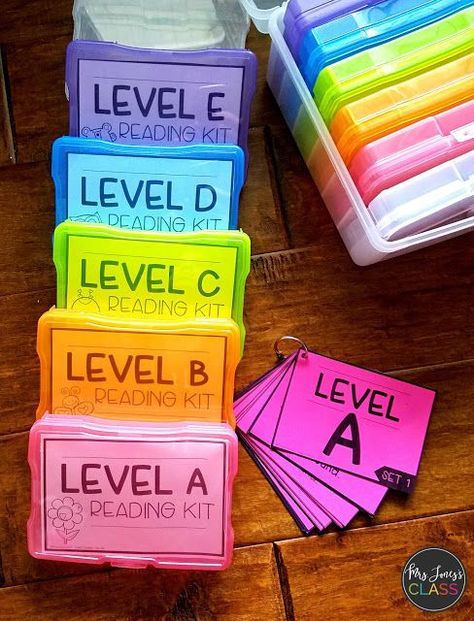 Therefore, pay attention to the richness of the extracurricular program.
Therefore, pay attention to the richness of the extracurricular program.
Every two weeks something extraordinary and memorable happens in our kindergartens. For example, in addition to traditional holidays, we monthly arrange "cultural" days in Spain, India, America, Italy and other countries. We decorate the room, dress up in costumes, try unusual food, get acquainted with the culture and music of the country. In addition to holidays, we go to exhibitions, to parks and museums, to a pottery workshop, to a fire station. Interesting guests perform in front of the guys: a dentist, a policeman, an actor, a firefighter, a yoga instructor, a rock climber, etc. - and everyone talks about their work in an interactive format, with games and the involvement of children. We hold "meetings" with musical instruments, when musicians come to the kindergarten and play mini-concerts. Finally, we have the so-called "fun days" when everyone is just having fun, doing something stupid and fun: pajama day, hibernation day, different socks day, crazy hair day.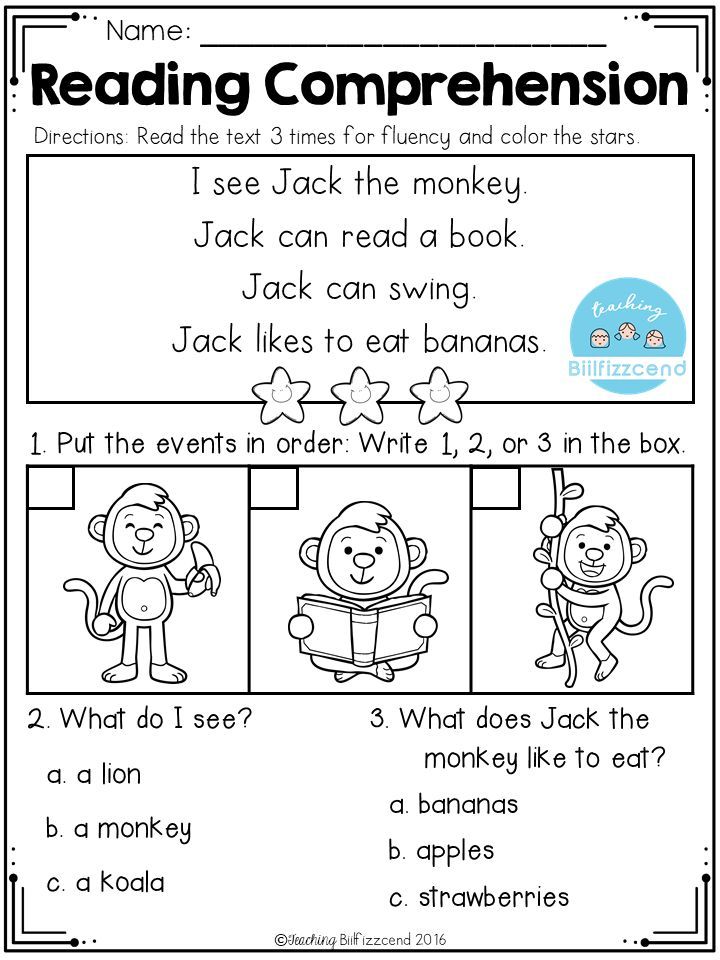
It is very important to introduce an element of celebration into the life of the kindergarten, to show children that they can have fun, come up with extraordinary things, behave differently than usual. This approach helps to open up, overcome constraint, be yourself, not be afraid of the new.
7. Communication with parents
ER0170 Properly built communication between kindergarten staff and parents is the key to a long and comfortable relationship. Find out in advance if there is an employee in the garden who is always in touch with parents and is ready at any time to answer questions, tell what the child is doing and how he feels, how and in what detail the garden informs parents about the life of children.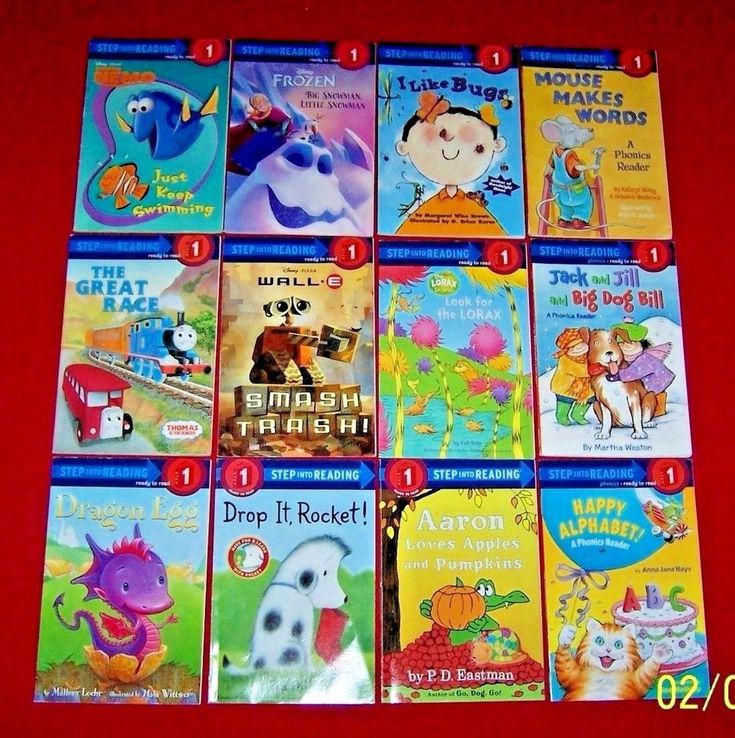 We regularly send photos and videos from classes, talk about the small and big successes of the child.
We regularly send photos and videos from classes, talk about the small and big successes of the child. In our kindergartens, they try to minimize communication in general chats: interaction is much more comfortable if it is individual. We use groups in messengers only to inform about upcoming events, concerts and holidays.
We have a rather strict approach: we do not accept children with a runny nose, cough or, for example, rashes, and if symptoms appear during the day, we isolate the child, call the parents and ask them to pick them up. This is a matter of safety - we are doing everything possible to prevent an endless series of diseases. In Europe, there is a more liberal approach: there, neither fever, nor cough, nor runny nose are an obstacle to attending kindergarten. For example, we had to “accustom” families from France to the new rules for a long time.
One can argue about which approach is correct for a long time. But, regardless of internal policy, any kindergarten must comply with SanPiN standards: the temperature in the room must be kept at 22 ° C, regular ventilation and disinfection are required. Subject to the basic rules of hygiene and safety, even in spring and autumn, which account for the peak activity of viral infections, there should not be a general incidence in the garden.
Subject to the basic rules of hygiene and safety, even in spring and autumn, which account for the peak activity of viral infections, there should not be a general incidence in the garden.
OTHER ARTICLES
Adaptation to kindergarten: from the very first day a child should be happy
When is it time for a child to go to kindergarten?
Kindergarten: selection guide
Why do we need a kindergarten?
A special project created with the support of experts from the Magic Castle network of English kindergartens.
For more than 10 years, Magic Castle has been one of the leading international schools in Moscow. Education in an English kindergarten begins at the age of 1.5 and continues in a British school for children from 5 to 18 years old. Magic Castle students have the opportunity to choose from more than 30 sports, creative, intellectual activities.